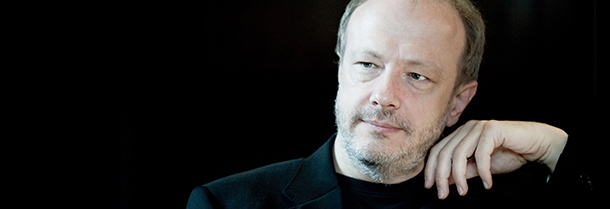Tag: virtuoso
-

PROGRAM NOTES: MARC-ANDRÉ HAMELIN
Franz Liszt Hungarian Rhapsody No. 13 in A minor Liszt’s 19 Hungarian Rhapsodies pay tribute to the gypsy music of his native Hungary. Like an ancient insect trapped in amber, they encapsulate for posterity the dramatic, improvisatory performance style of the roving bands of Romani musicians that Liszt heard as a boy growing up in…

